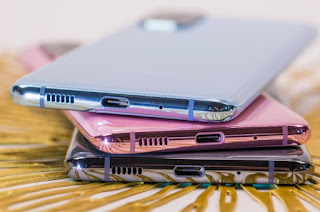On 4G, the S20 Ultra is a 5,000-mAh battery beast. With the screen on its default mode, I got the all-day longevity I expected from the S20 Ultra’s massive 5,000-mAh battery. For reference, the Galaxy Note 10 Plus has a capacity of 4,300 mAh and lasts me from 6 a.m. through 2 a.m., with more to spare. I don’t even get nervous until I’m down to at least 12%.
By comparison, the S20 has a 4,000-mAh capacity and the S20 Plus comes in at 4,500 mAh.
In CNET’s looping video drain test of a 1080p video on 120Hz in airplane mode, the battery lasted 24 hours, which is dramatically different than my real-world experience.
This video test isn’t the best example because the video itself doesn’t play back at 120 frames per second, so I suspect it isn’t triggering the screen’s doubled refresh rate, which will affect battery life. We have more lab tests to come that will better simulate real-world performance.
Tom’s Guide also found that the S20 Ultra’s 120Hz took off three hours of battery life from its usual testing protocol, compared to running the same test at 60Hz. With 120Hz engaged, the Ultra’s 5,000-mAh battery lasted just over nine hours in a continuous 5G drain test.
I have to note that all my real-world testing occurred over 4G, though the S20 phones are all 5G-ready. (Buyers in the UK and Australia will have to pay extra for 5G versions of the phones.) AT&T, my usual carrier, wasn’t done with 5G certification at the time of testing, but the network says it will be by the time the Galaxy S20 phones hit the market on March 6.
A SIM card T-Mobile provided never connected to the 5G network where I was in Silicon Valley and San Francisco. We’ll follow up with 5G testing from New York, so we can evaluate if and how 5G might affect battery life.
